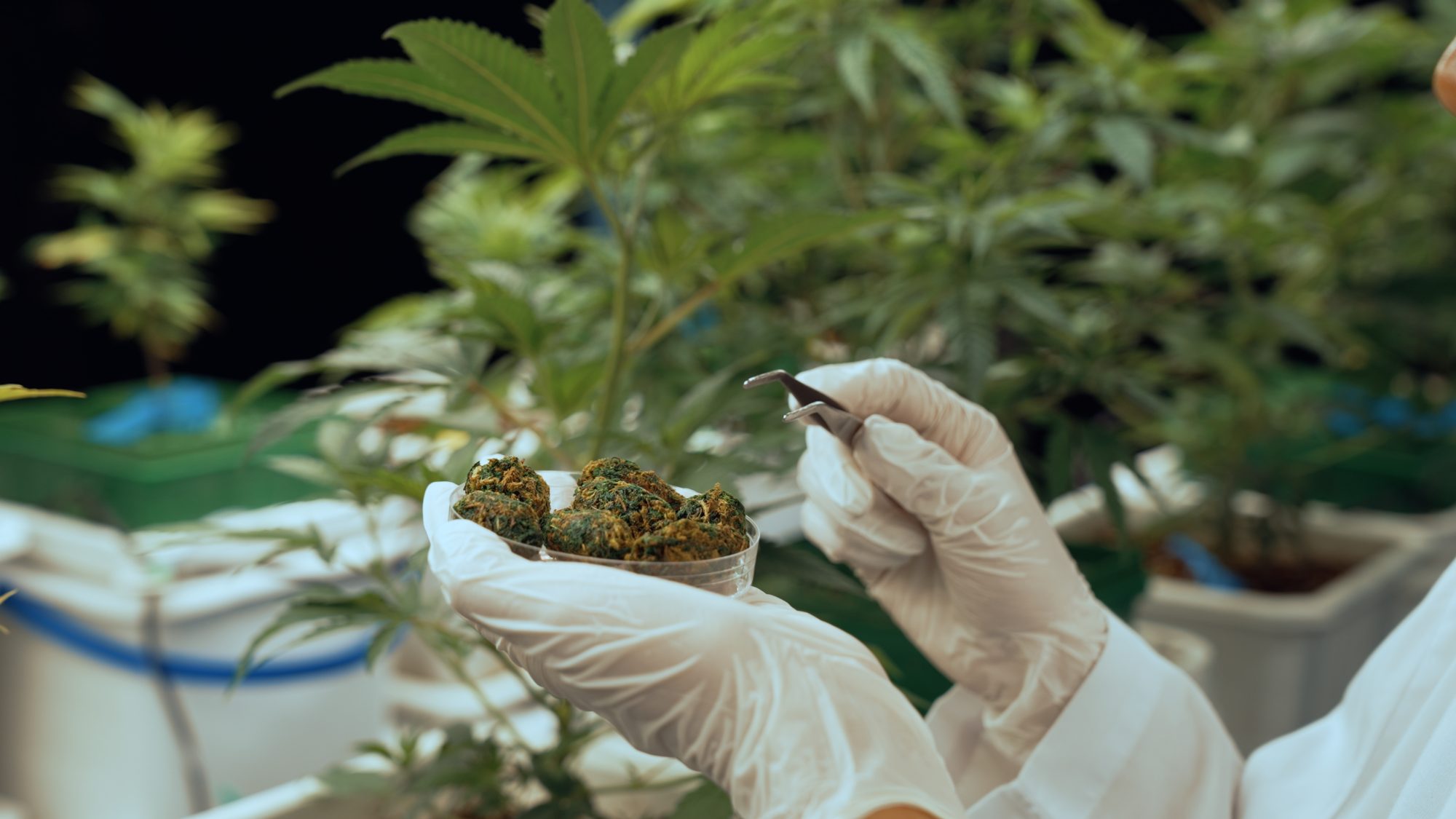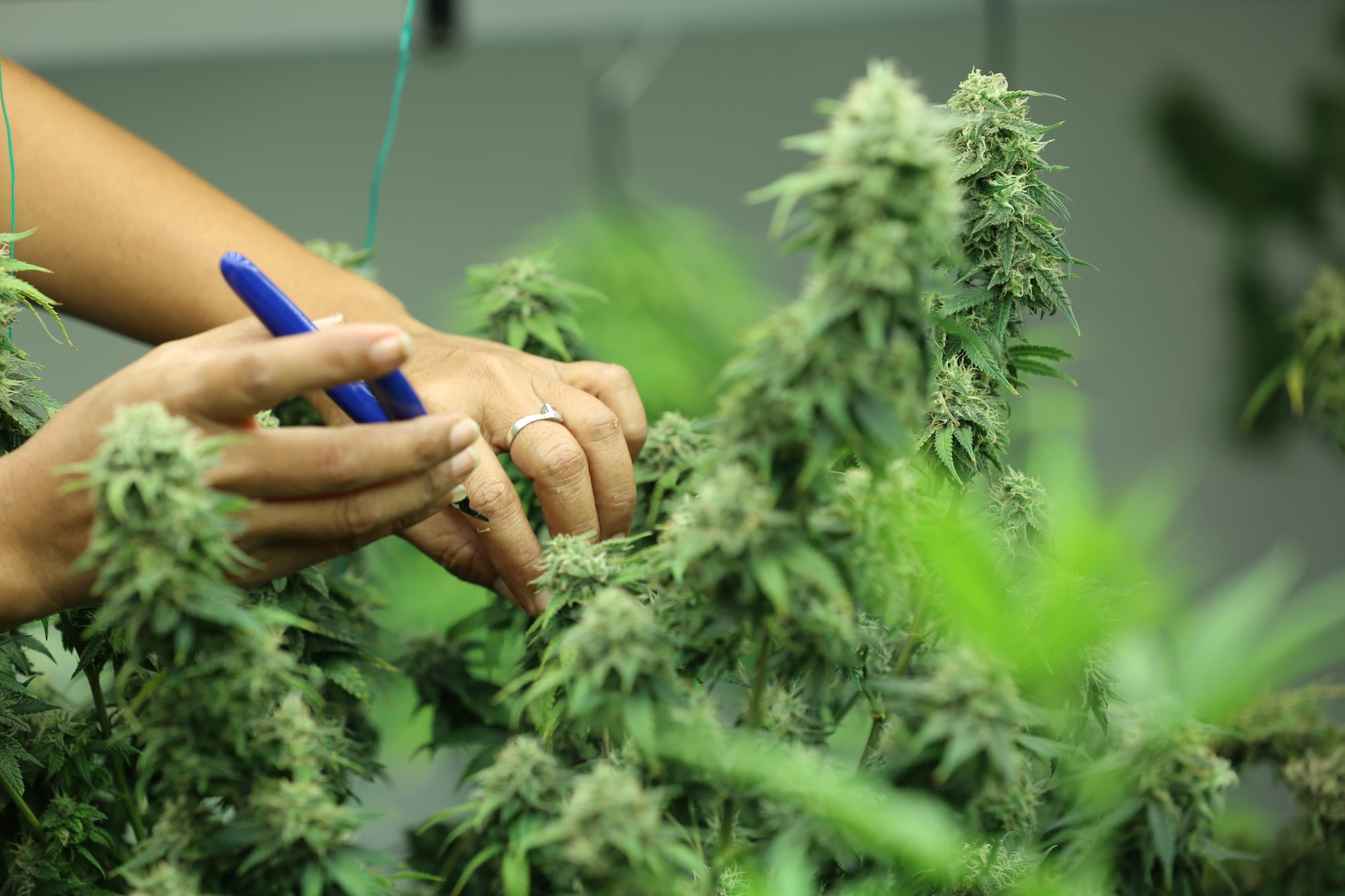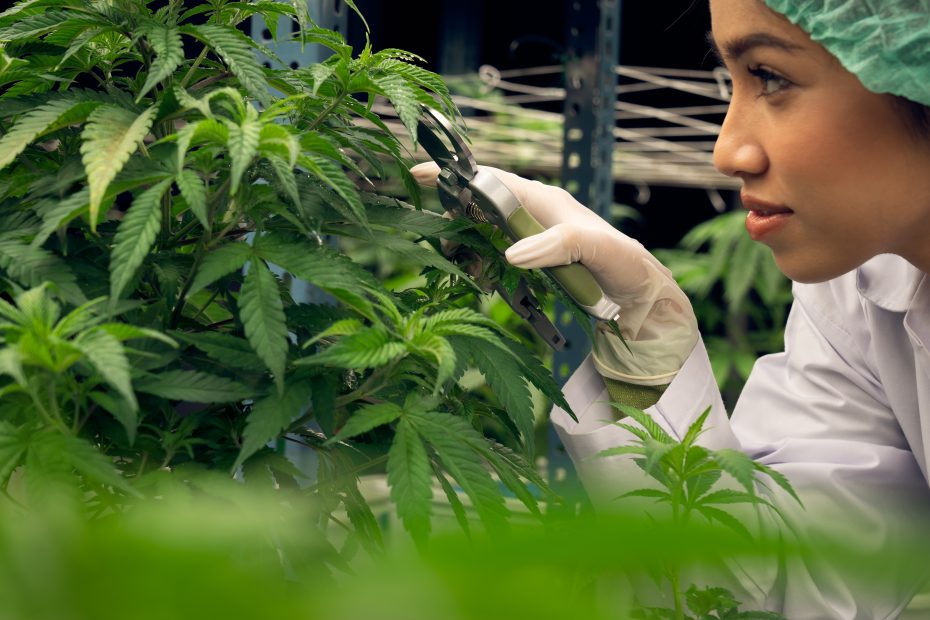In recent years, farming cannabis has emerged as both a lucrative and rewarding endeavor, attracting newcomers from various backgrounds eager to cultivate their own marijuana plant. With the legalization of cannabis in Canada in 2018, this burgeoning industry has experienced significant growth, offering a plethora of opportunities for aspiring cultivators. This guide aims to provide a comprehensive overview of cannabis farming, exploring the journey from seed to harvest while addressing frequently asked questions.
Getting Started with Cannabis Farming
Selecting the Right Seeds
The first step in farming cannabis is choosing the right seeds. Consider factors such as climate, space, and desired effects when selecting a strain. Whether you opt for recreational or medicinal varieties, each strain offers a unique profile of cannabis terpenes and cannabinoids that dictate its aroma, flavor, and effects.
Choosing Your Growing Medium and Location
Decide whether you will grow indoors or outdoors. Indoor growing offers more control over environmental conditions but can be costly due to equipment and energy requirements. Alternatively, outdoor growing harnesses the natural climate but is subject to weather unpredictability. Choose a growing medium, such as soil or a hydroponic system, based on the resources and conditions available to you.

Cannabis Cultivation: Key Stages
Germination and Seedling Stage
Once you’ve selected your seeds, the next step is germination, which involves providing the right conditions for seeds to sprout. Maintain a warm, moist environment and use quality potting soil to support the seedlings as they develop into small marijuana plants.
Vegetative Phase
During the vegetative phase, focus on optimizing the plant’s growth potential by providing ample light, nutrients, and water. Cannabis plants require 18 to 24 hours of light during this stage. Pay attention to humidity levels and ensure that your growing environment’s temperature remains consistent.
Flowering Phase
The flowering phase is where the magic happens; this is when cannabis plants develop buds rich in cannabinoids and terpenes. Switch to a 12/12 light cycle to initiate flowering, and start incorporating bloom-specific nutrients. Monitor the plants closely for any signs of pests or nutrient deficiencies.
Harvesting and Post-Harvest Care
When to Harvest
Determining the right time to harvest your cannabis plants is crucial. Look for indicators such as the color of the trichomes and the density of the buds. A magnifying glass or microscope can be useful for examining trichomes, which should appear milky white with some amber for peak potency.
Drying and Curing
After harvesting, proceed to dry and cure your buds properly to preserve their flavor, aroma, and potency. Hang the branches upside down in a dark, well-ventilated room to dry for about a week, then cure them in airtight jars for several weeks, burping daily to prevent mold.
Frequently Asked Questions about Cannabis Farming
Is it Legal to Farm Cannabis at Home?
The legality of farming cannabis depends on your location. In Canada, individuals are allowed to grow up to four plants per household for personal use. Always check local regulations before starting your grow operation.
How Do Cannabis Terpenes Affect the Plant?
Cannabis terpenes, the aromatic compounds found in the plant, play a significant role in defining the scent and effects of different strains. They interact synergistically with cannabinoids, enhancing or moderating their impact.
What Challenges Should Farmers Expect?
Cannabis farming comes with its own set of challenges, including pest management, nutrient balancing, and environmental control. Being prepared and informed can help you overcome these obstacles and optimize your yield.

FAQ: Farming Cannabis
As an experienced cannabis cultivator, starting your own cannabis farm can be an exciting and rewarding venture. However, it requires a substantial understanding of cultivation techniques, legal requirements, and maintaining a healthy crop. Here’s a comprehensive FAQ to help you navigate the world of cannabis farming.
How Can I Start Farming Cannabis as a Beginner?
Educate Yourself
- Research: Begin with comprehensive research about cannabis cultivation. Read books, attend workshops, and join online forums or communities.
- Networking: Connect with experienced growers. They can provide valuable tips and advice.
Choose Your Method
- Indoor vs. Outdoor: Decide whether you want to grow your cannabis indoors or outdoors. Each method has its benefits and challenges.
- Soil vs. Hydroponics: Determine if you want to grow in soil, which is more traditional, or try hydroponics, which can result in faster growth.
Initial Investment
- Budget: Assess your budget. Starting costs can include seeds, equipment, and growing mediums.
- Equipment: Purchase essential equipment such as lighting, ventilation systems, and pH meters.
Legal Considerations
- Licensing: Check local, state, or national regulations regarding cannabis cultivation. You may need a specific license to grow.
What Are the Necessary Steps for Cannabis Cultivation from Seed to Harvest?
1. Germination:
- Soak seeds in water for 12-24 hours.
- Plant seeds in a growing medium like soil or starter plugs.
2. Seedling Stage:
- Maintain high humidity levels and moderate light intensity.
- Ensure proper watering without over-wetting.
3. Vegetative Stage:
- Increase light exposure (18-24 hours of light).
- Use nutrients suited for vegetative growth to promote leaves and stems.
4. Pre-Flowering Stage:
- Identify and remove male plants if growing photoperiod strains and if the goal is sinsemilla.
- Adjust nutrients to support the transition to flowering.
5. Flowering Stage:
- Switch light cycles to 12/12 hours (if growing photoperiod strains).
- Use flowering nutrients to support bud development.
6. Harvesting:
- Monitor trichomes for the ideal time to harvest (typically milky white to amber for potency and effects).
- Trim and dry cannabis in a well-ventilated space to prevent mold.
What Are the Common Challenges Faced in Cannabis Farming?
Pests and Diseases
- Common Issues:Mites, aphids, fungi, and molds.
- Prevention: Regular inspection, maintaining cleanliness, and using natural pest deterrents.
Nutrient Deficiencies
- Ensure balanced nutrition tailored to the growth phase.
Environmental Factors
- Manage temperature, humidity, and air circulation constantly and adjust as needed.
Regulatory Compliance
- Stay informed about changing laws and regulations to avoid legal issues.
Market Competition
- Differentiate your product through quality, uniqueness, or branding to stand out in the market.
What Are the Legal Implications of Starting a Cannabis Farm?
Licensing and Permits
- Requirements vary by location, but typically involve applying for a cultivation license.
- Legal growing can sometimes demand both local and national compliance checks.
Zoning Laws
- Ensure your chosen location complies with zoning laws related to cannabis cultivation.
Compliance
- Operate within the legal framework from seed to sale, including security measures, record-keeping, and testing.
Taxation
- Cannabis businesses may be subject to specific taxation; consulting a tax professional can help you understand implications.
Cross-State/Country Legalities
- Recognize the legal implications of transporting cannabis products across state or national borders, as these can lead to federal consequences.
Starting a cannabis farm can be both fulfilling and challenging. With the right preparation, knowledge, and adherence to legal requirements, you can successfully cultivate quality cannabis. Whether for personal use or business, understanding the intricacies of cannabis farming ensures a sustainable and rewarding experience.
Conclusion
Embarking on the journey of farming cannabis can be both a fulfilling and educational experience, allowing you to understand and appreciate the intricate process from seed to harvest. By carefully selecting your strain, optimizing growing conditions, and staying informed about your plants’ needs, you can cultivate a successful–and legal–harvest.
As the industry continues to grow and evolve, the potential for cultivating high-quality marijuana plants remains immense. With patience, dedication, and the right knowledge, anyone can tap into this burgeoning field, contributing to the vibrant landscape of cannabis cultivation.
Streamline Cannabis CultivationAbout GrowerIQ
GrowerIQ is changing the way producers use software - transforming a regulatory requirement into a robust platform to learn, analyze, and improve performance.
To find out more about GrowerIQ and how we can help, fill out the form to the right, start a chat, or contact us.

